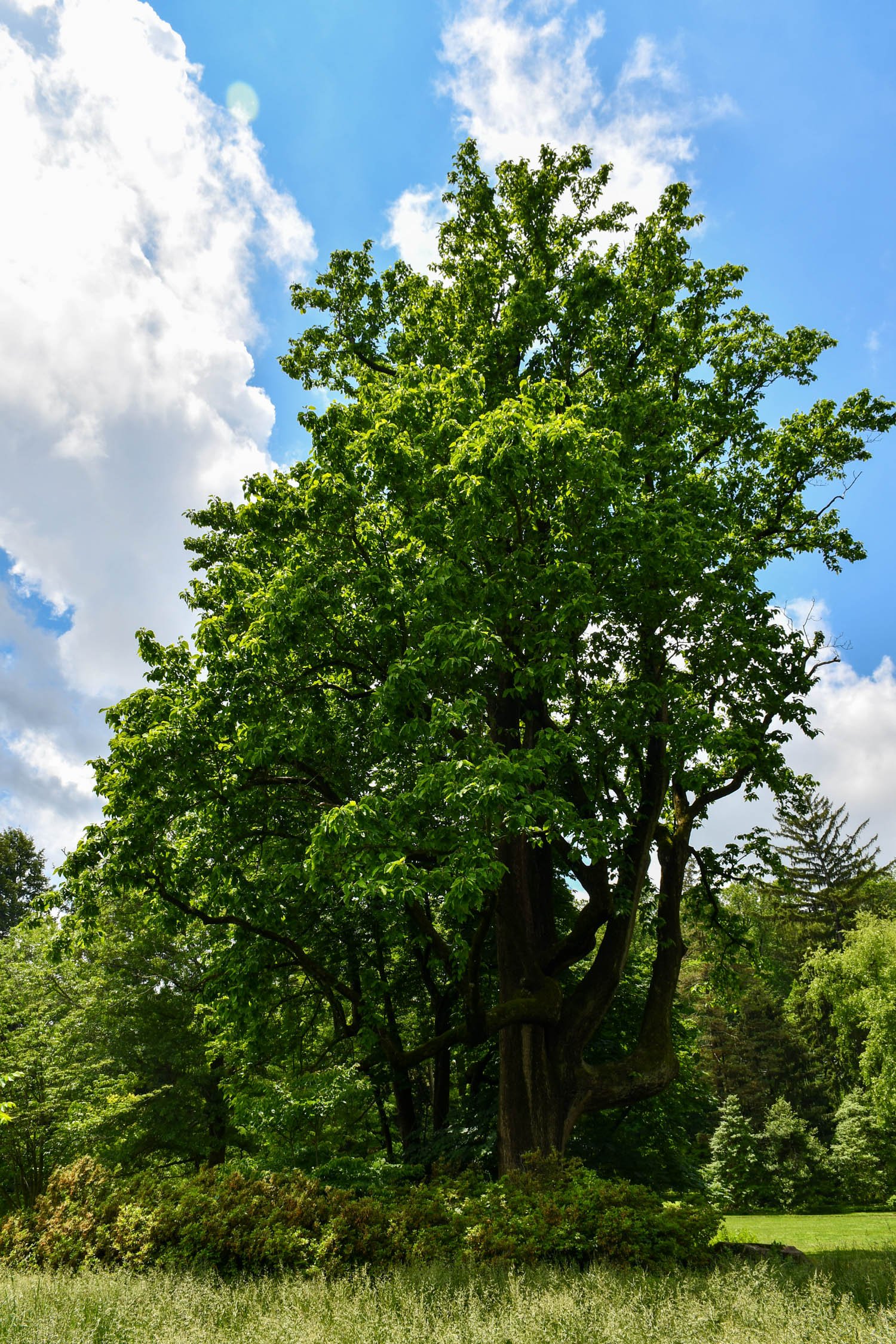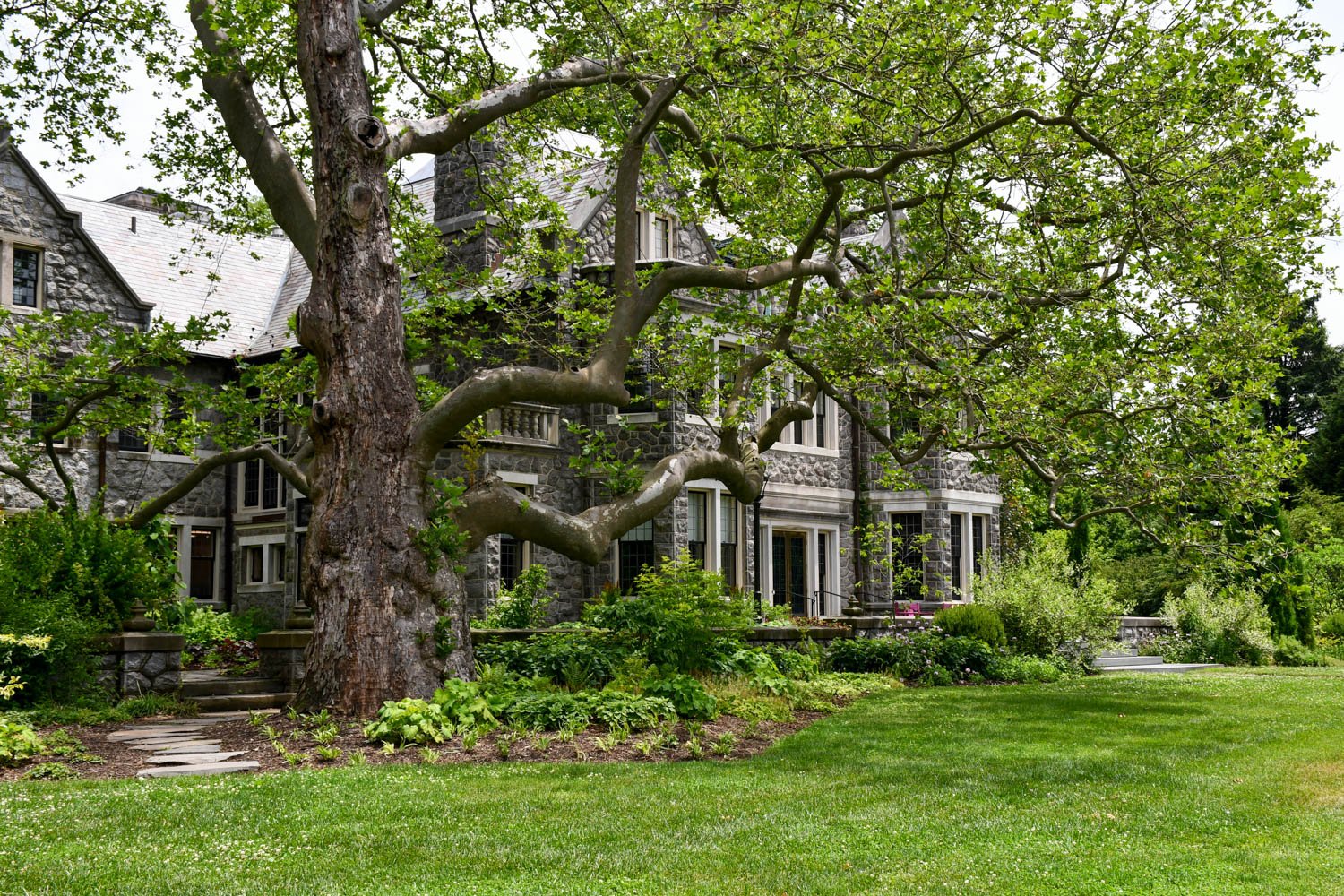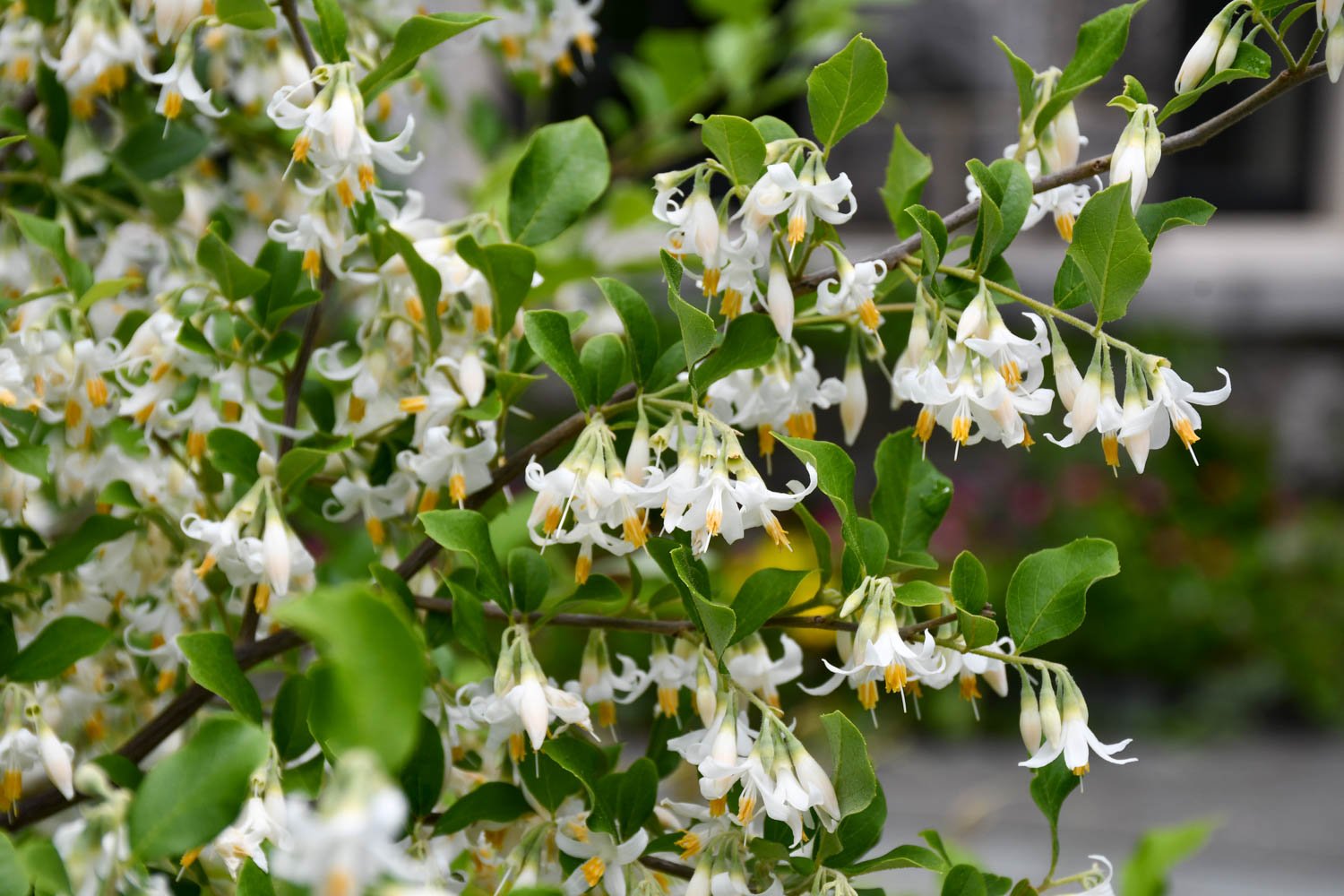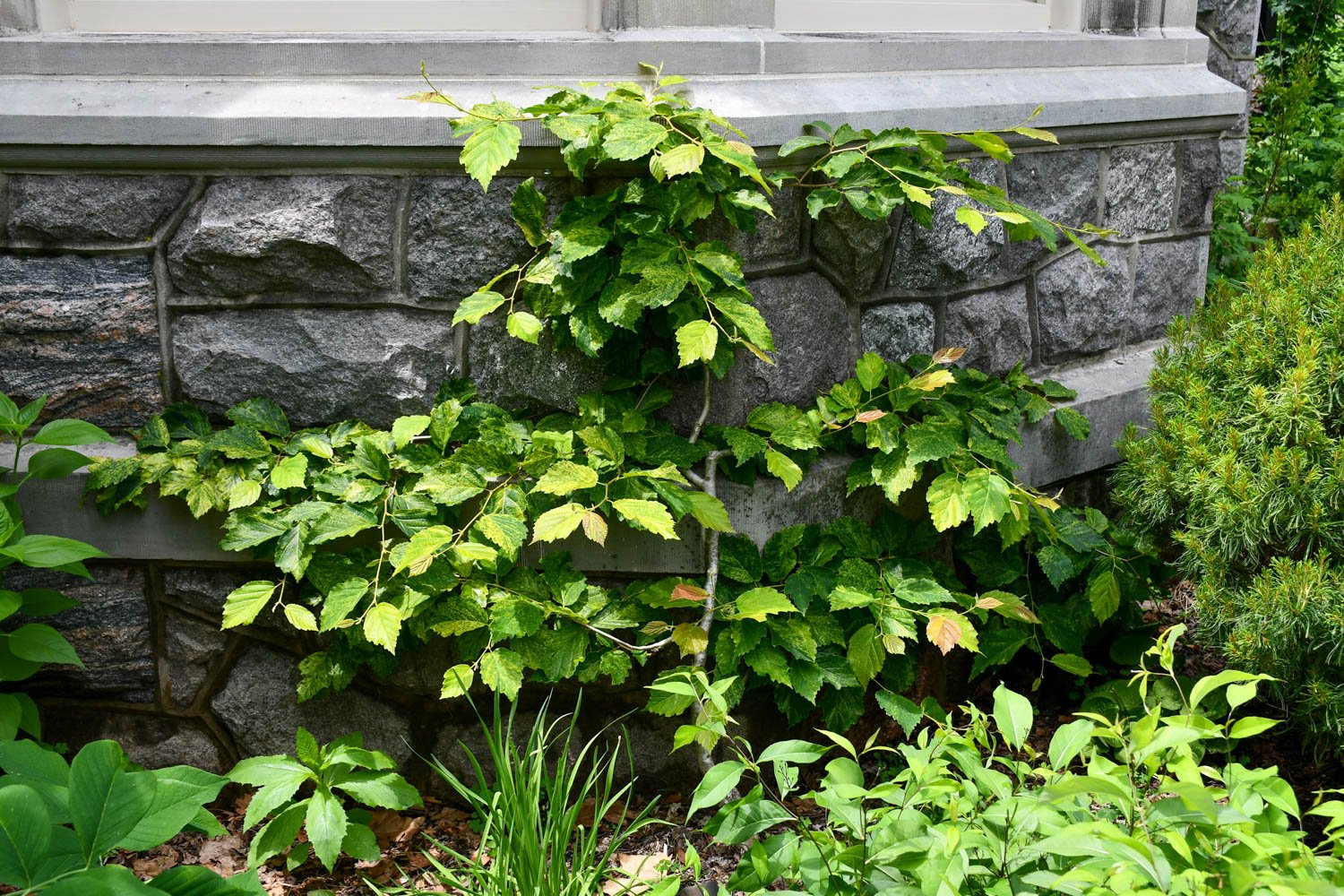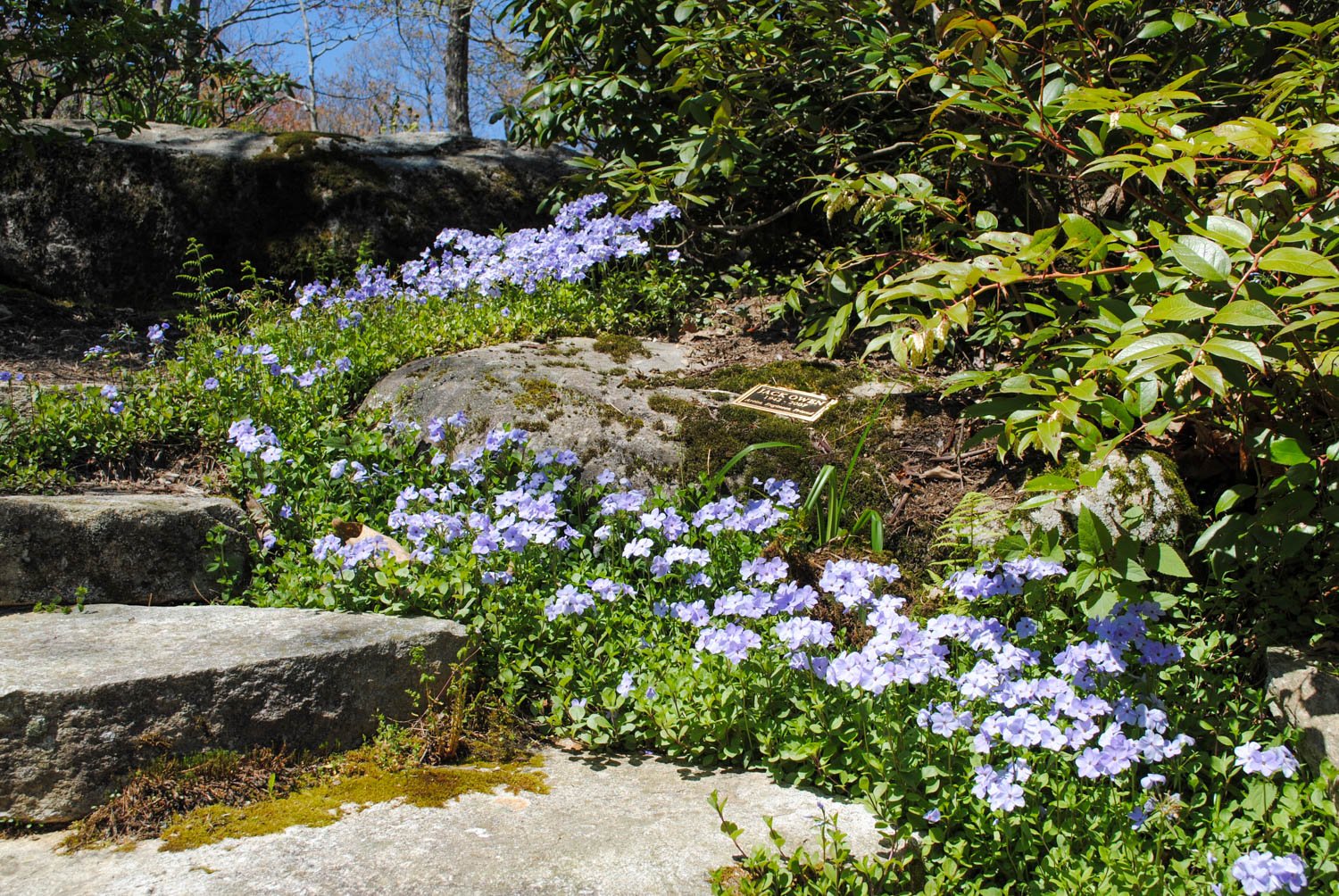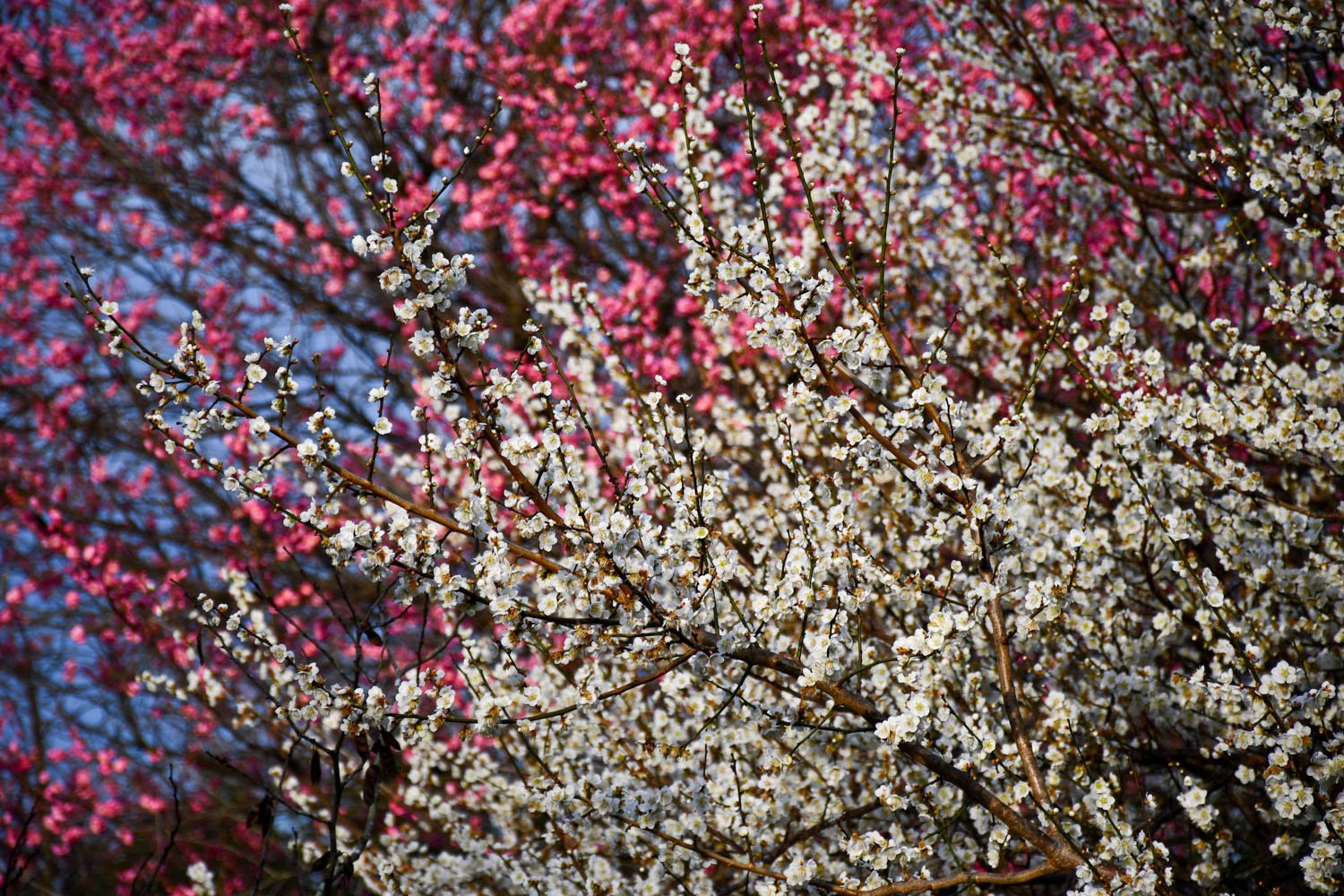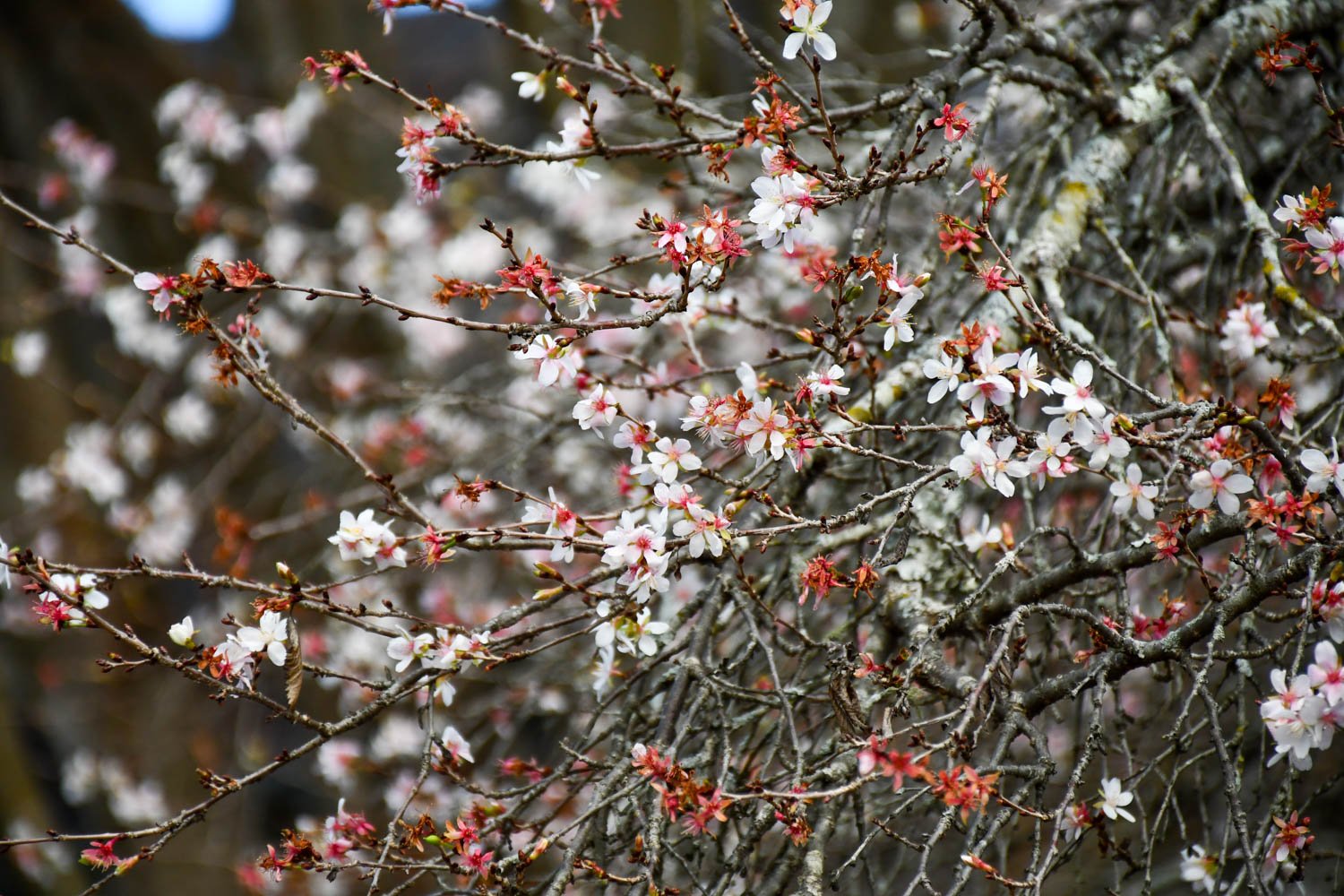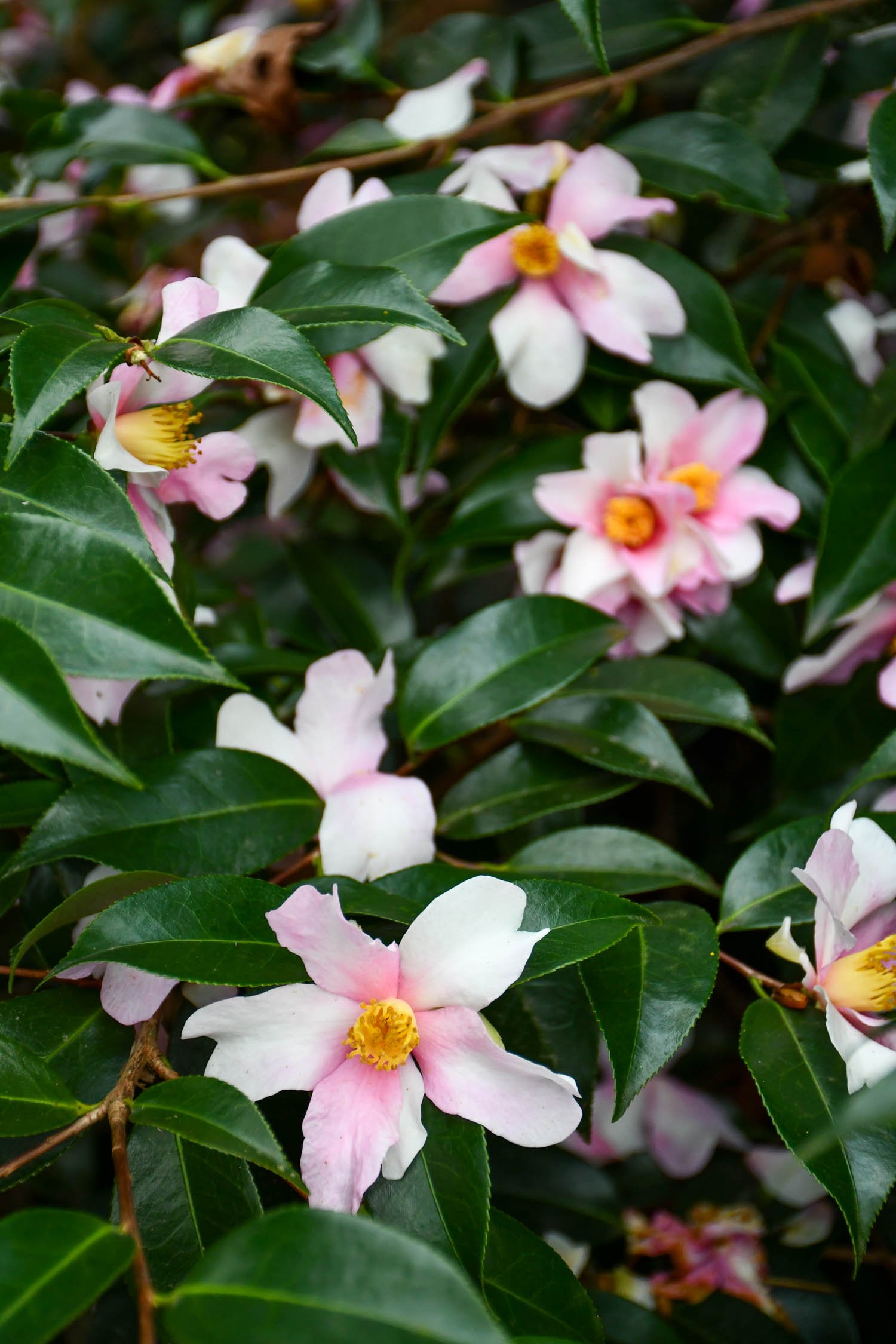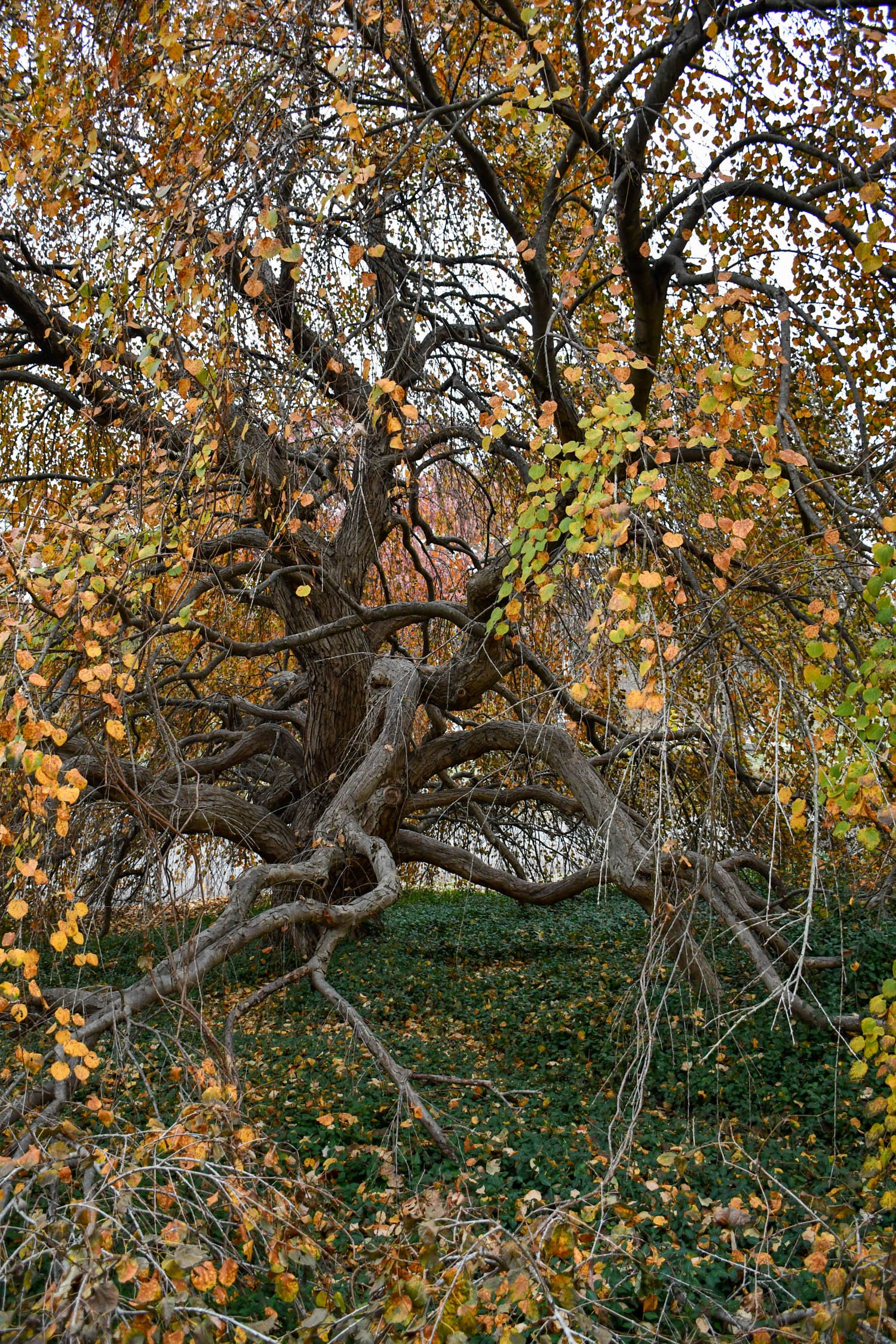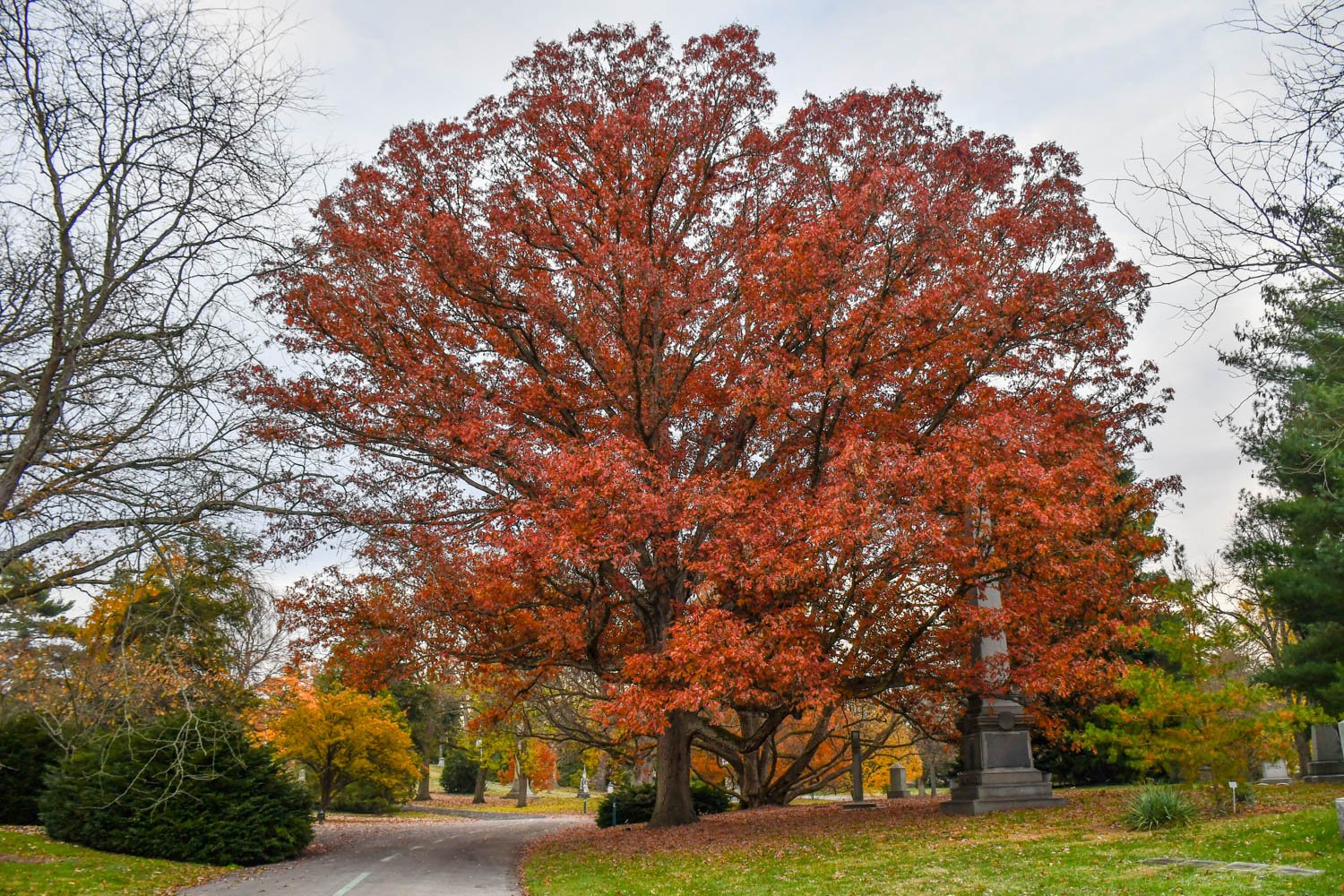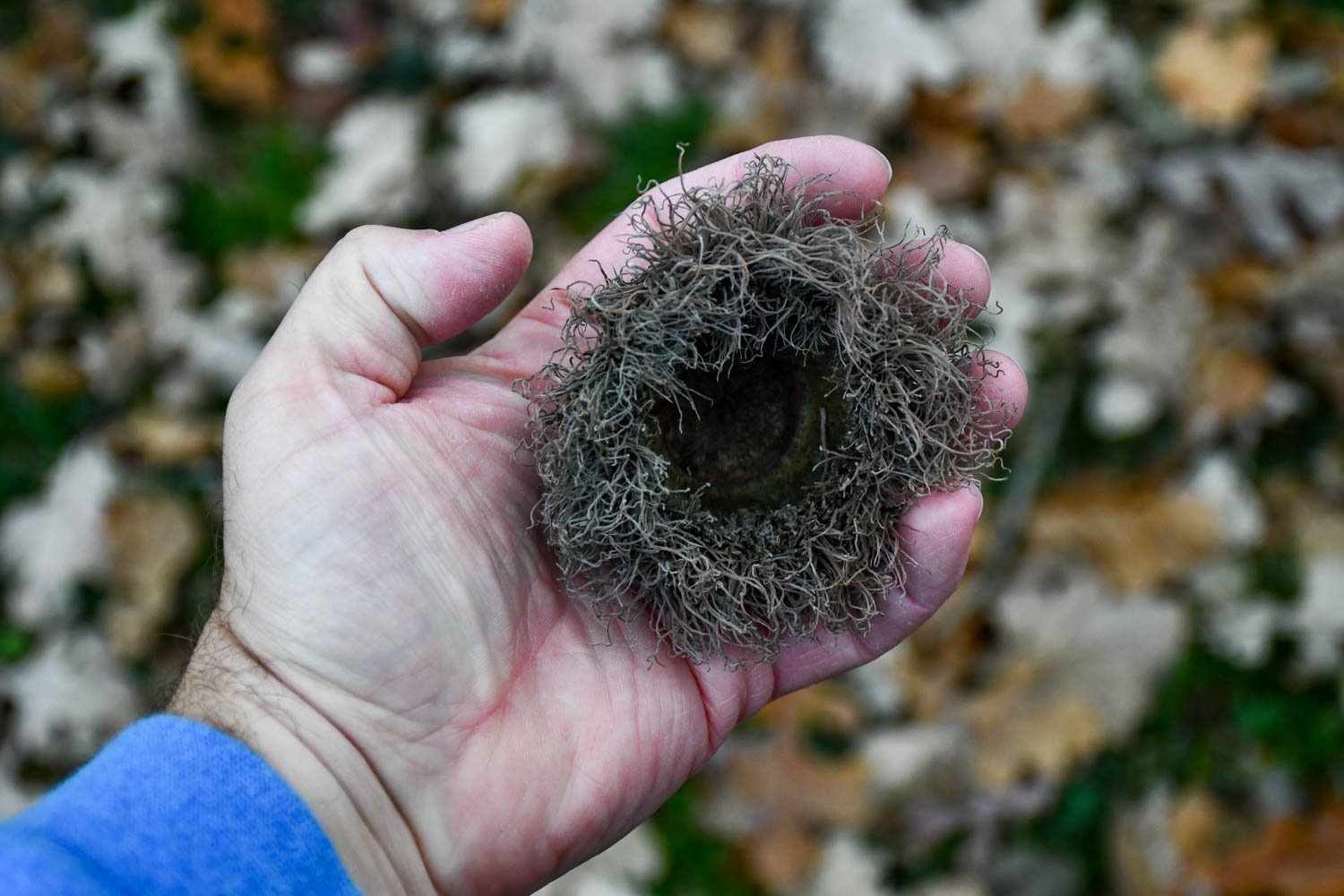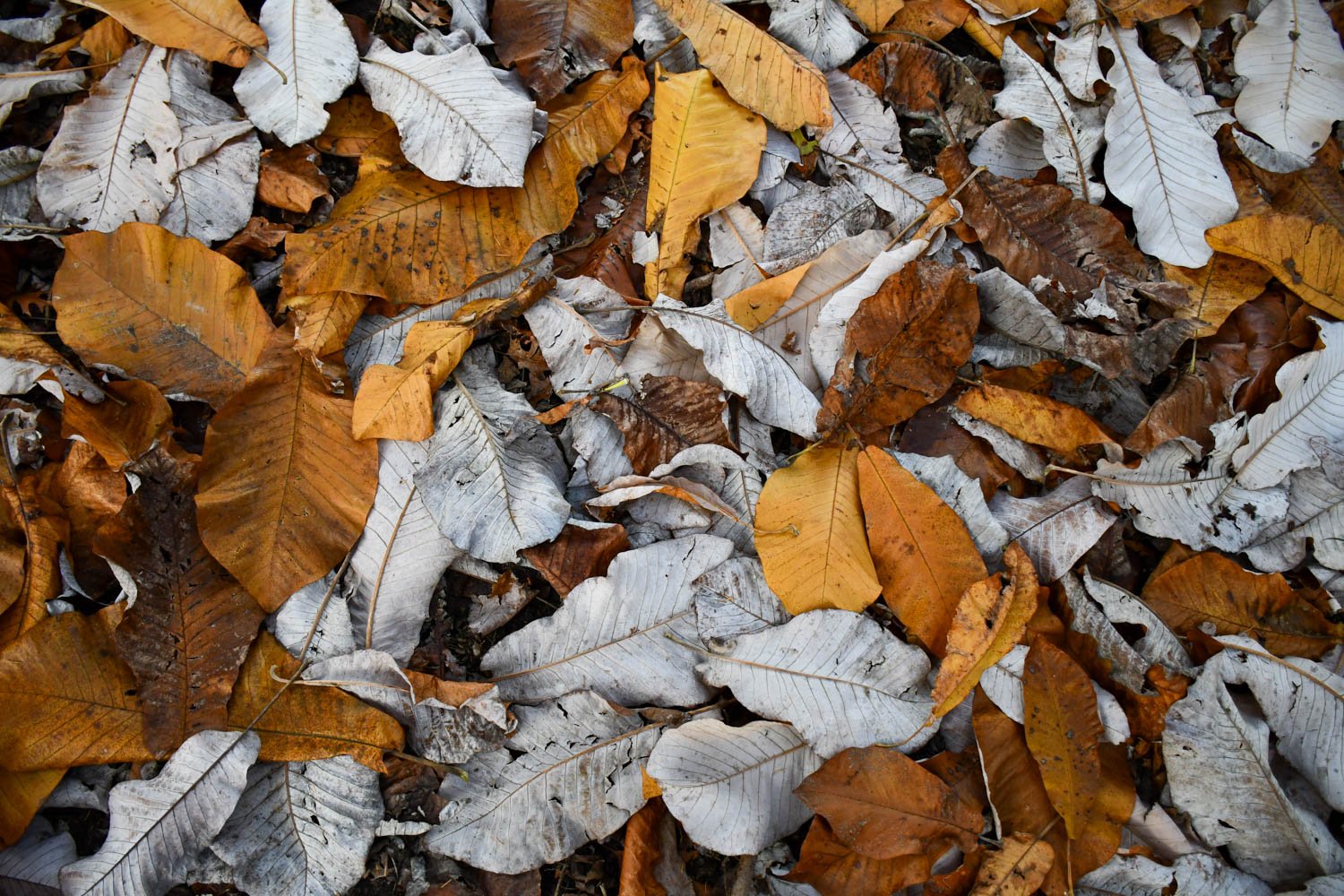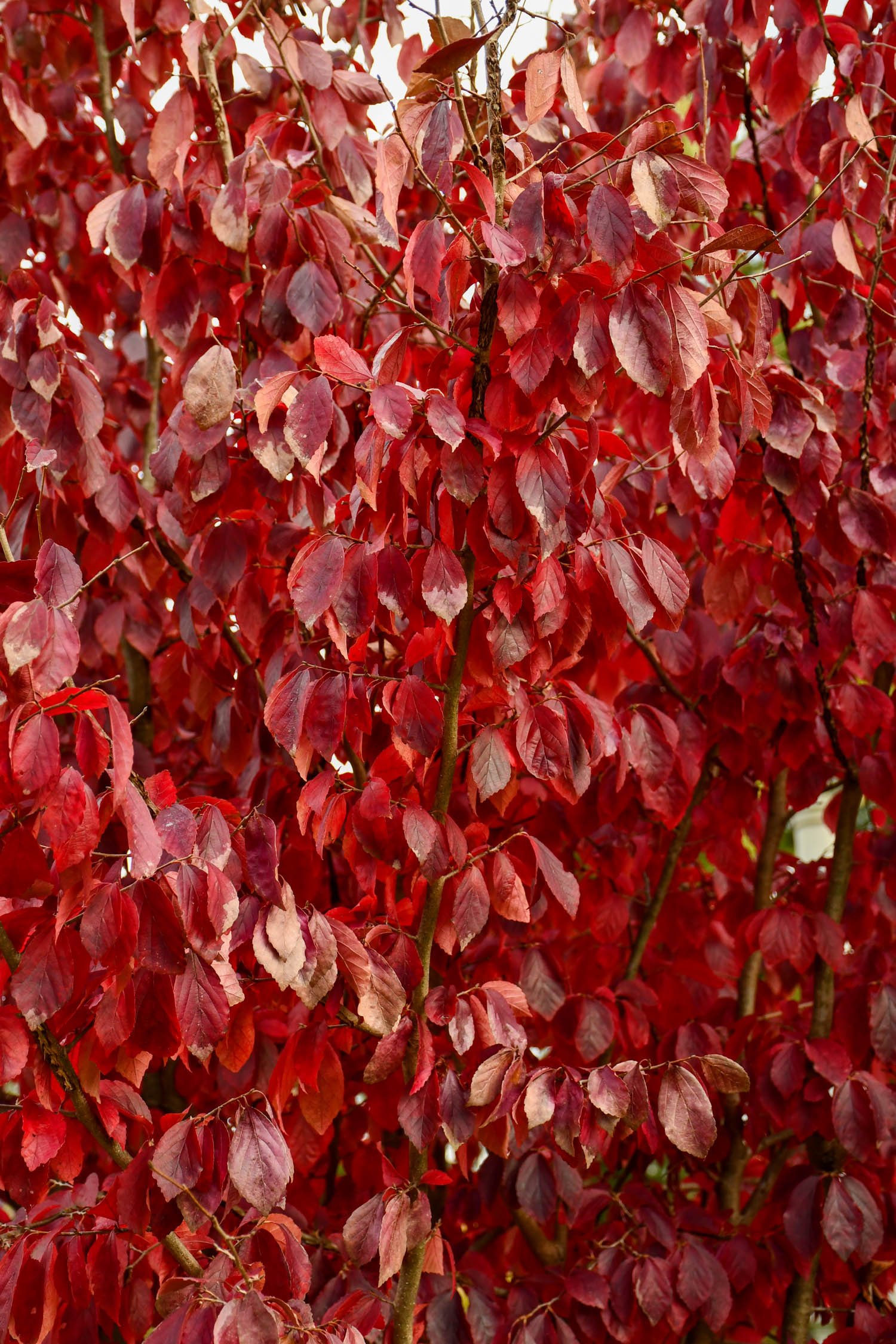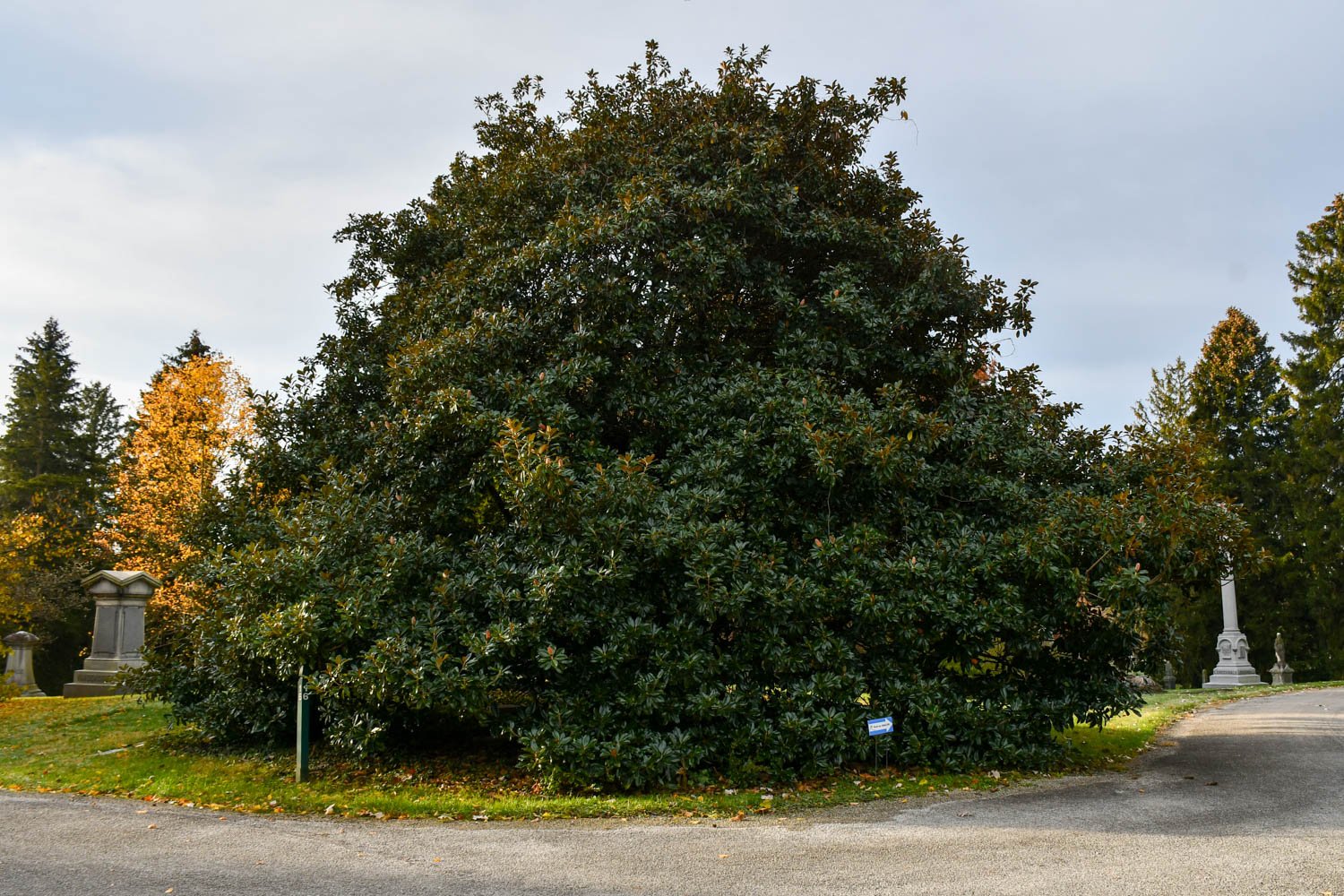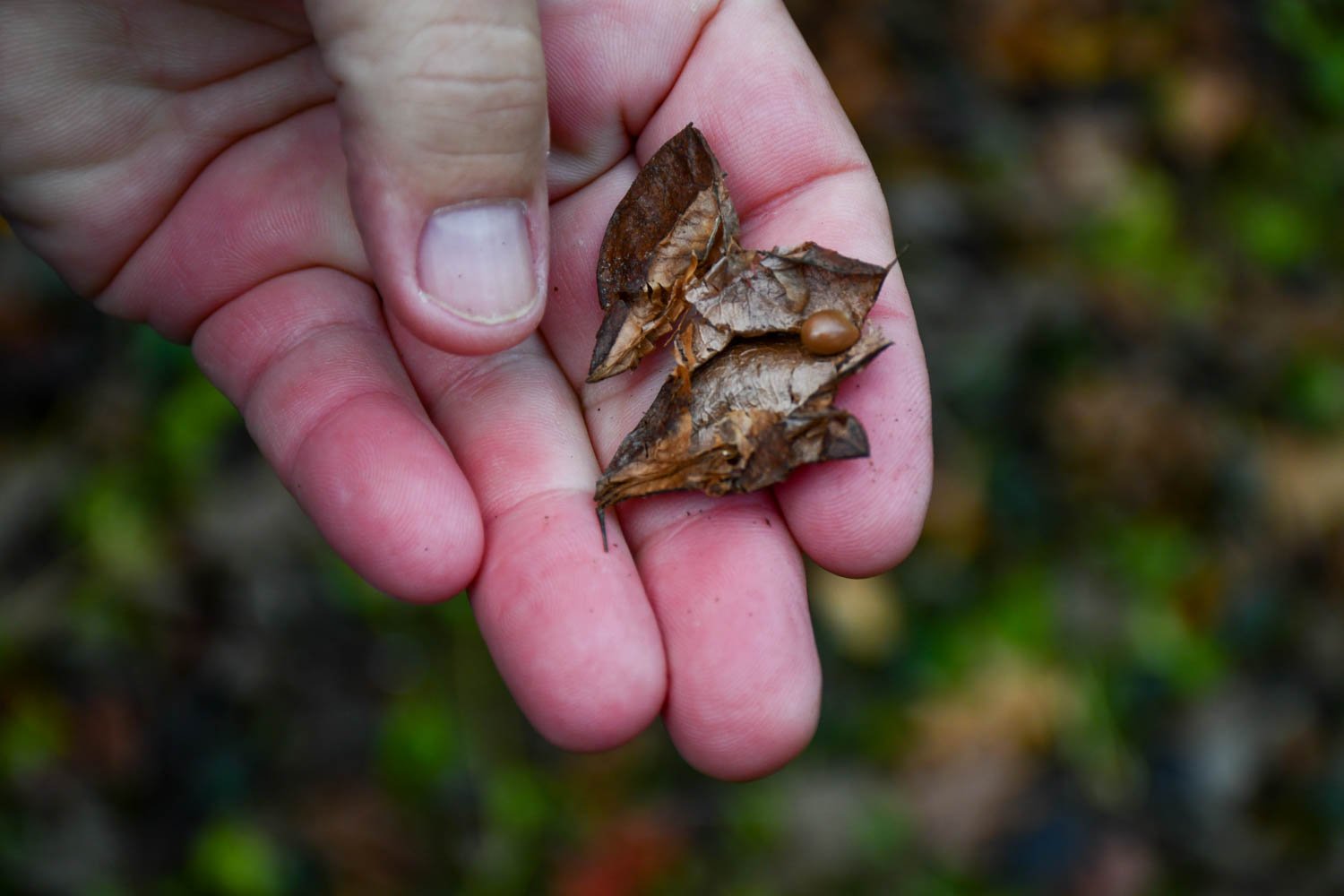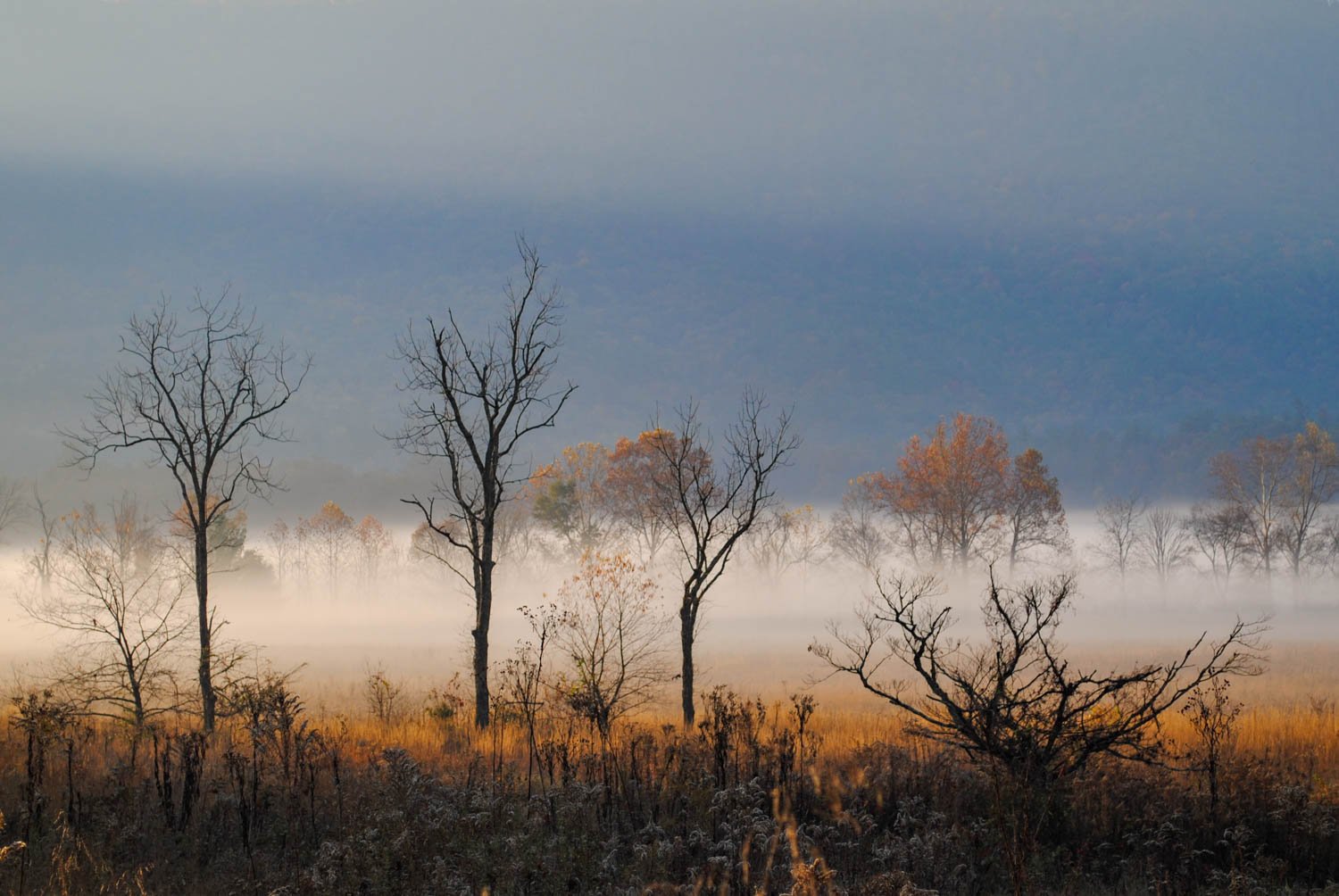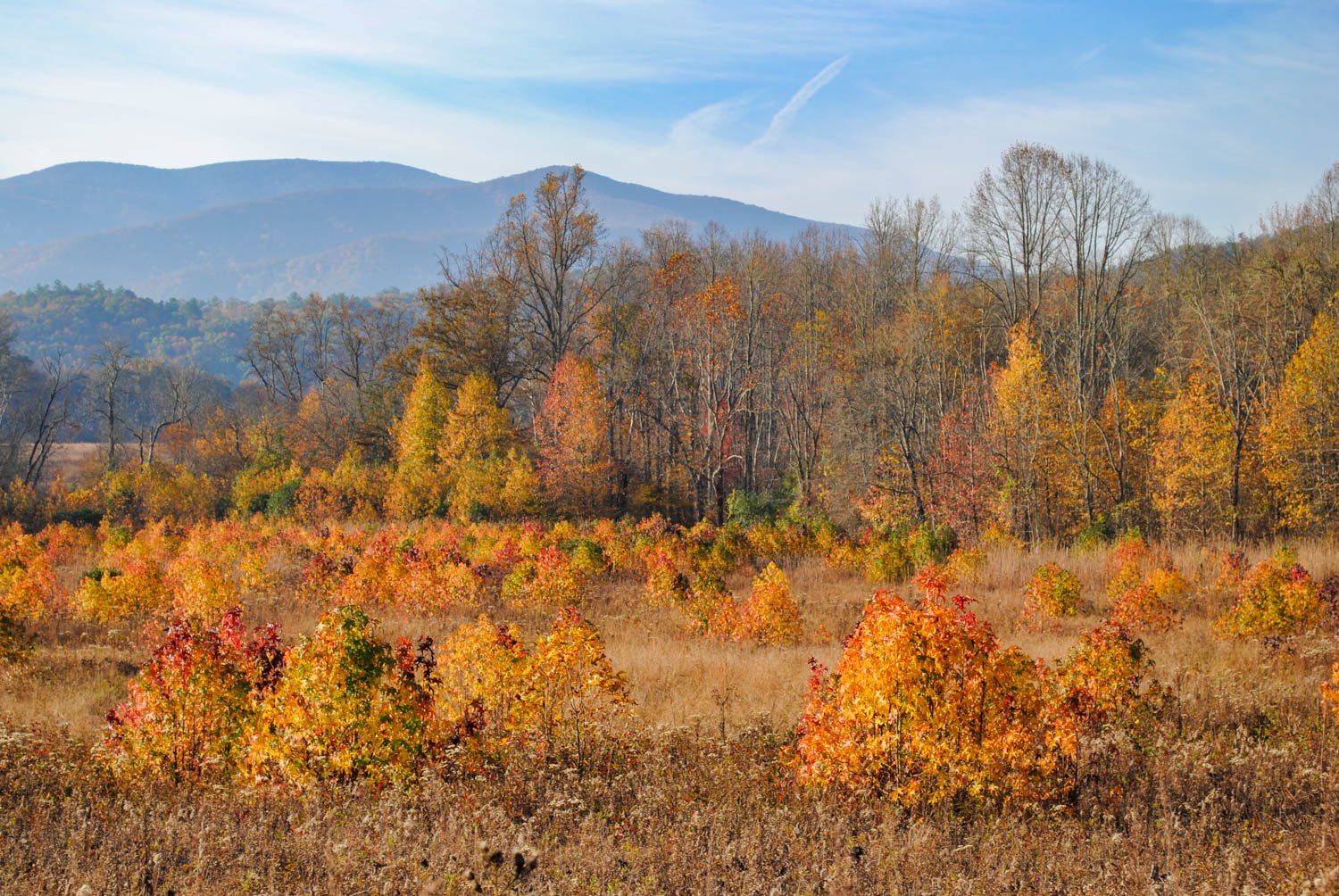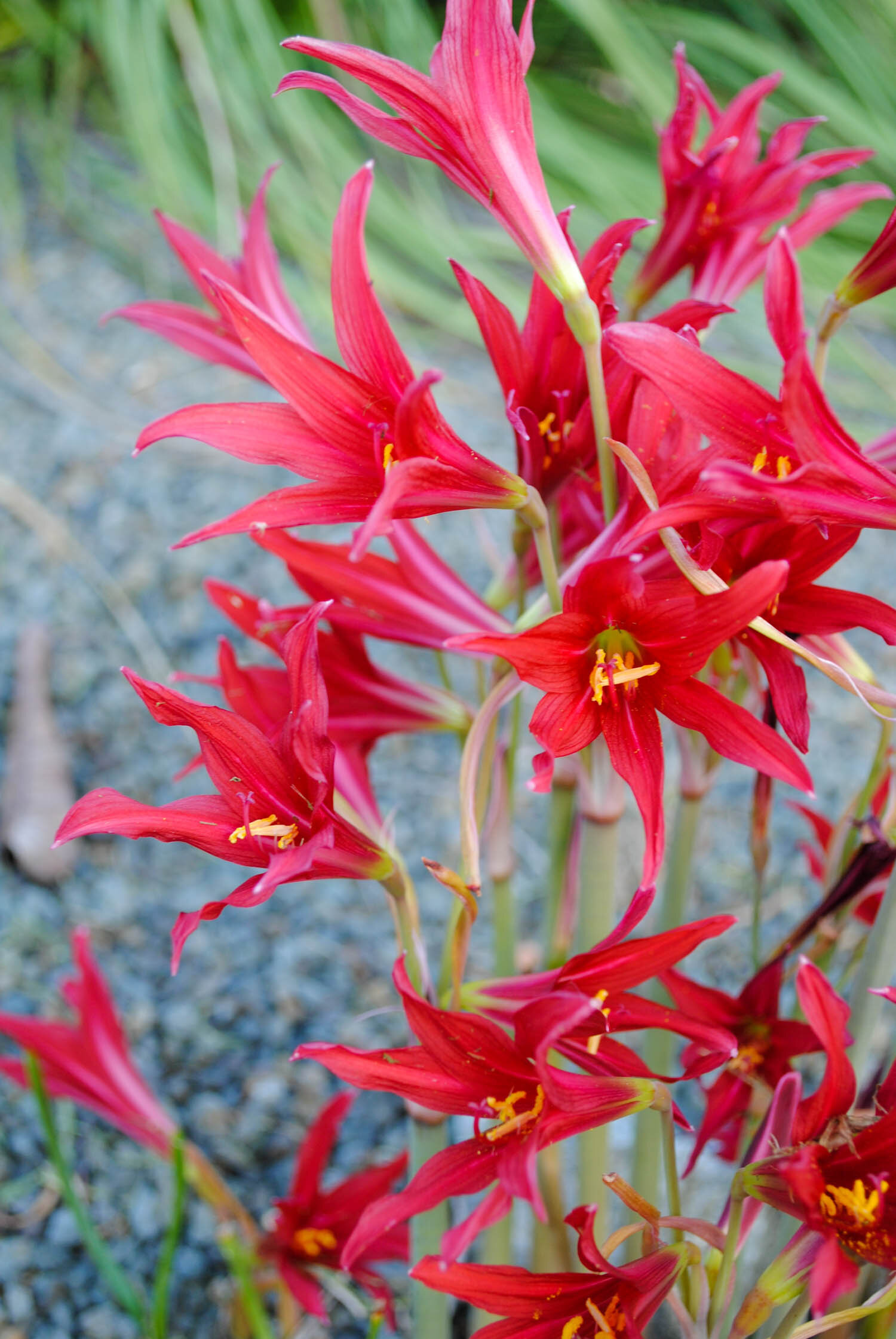It was cool gray June day when I hopped off the train in Rotterdam. I was in the Netherlands for a soilless substrate conference in Leiden, almost ten years ago now. While there, I took the time to explore local gardens. Of interest to me were plantings that Piet Oudolf had designed in the city along the waterfront. One was found at Leuvehoofd, a park right on the Nieuwe Maas or New Meuse River.
Planting: A New Perspective by Piet Oudolf and Noel Kingsbury had just come out, and I snagged a copy before heading across the ocean, reading it furiously on the flight and during down time in the hotel. It was so interesting to have a guide to the planting right in my hands as I was visiting the site.
I approached the park from the south, where a long bed dominated by mixed grasses, Iris, and fading Allium came into view against a monument for those lost at sea in World War II. I would learn it was named De Boeg, which translates to The Bow in English. The memorial stands 150 feet tall with a pair of iron wings at the base that appear to be breaking water.
Iris sibirica ‘Perry’s Blue’ pops against the green foliage of grasses as the Allium above fade.
Turning a photo black and white so helps me appreciate the textures of the site. De Boeg was a war memorial to those lost at sea in World War II, and here it appears to be breaking through a colony of floating jellyfish
Here you can see how the naturalistic planting softens the starkness of the memorial.
From there four angular beds rippled out from the monument like waves getting larger until they hit the river’s edge. I quickly noticed that the planting this time of year had an overall cool color scheme of blues and purples. For a bit of brightness, down the center of the planting ran a river of Deschampsia cespitosa ‘Goldschleier’. Walking around the garden was interesting because viewing it from different points allowed me to see different perspectives and plant combinations.
Years ago, I downloaded several images from Piet Oudolf’s website to be able to study the designs. The one above is of an early rendition of Leuvehoofd that I cropped to show the four primary beds of the planting.
A perspective showing the essence of the planting at Luevehoofd Park. It is mostly a sea of green dotted with blue Amsonia, purple Allium, and the strip of Deschampsia.
One of my favorite photos from this experience was this view of the planting right next to the water with the Erasmusbrug or Erasmus bridge in the distance.
From this angle you can better see the mass of Deschampsia cespitosa ‘Goldschleier’ that runs through the center of the planting. You may notice on the drawing above that Sporobolus was recommended, but in the book Planting: A New Perspective, Deschampsia was mentioned instead. It was a nice glimpse at the iterative nature of developing a planting.
An unknown light blue Iris softens the sea of green. The design had called for Iris siberica ‘Perry’s Blue’, but it seemed that a few different blue variants were mixed in to play off the analogous color scheme.
A long view of the largest bed along the river front. The scattering of the Allium is quite apparent here. From this view I also really began to appreciate the presence of the matrix or groundcover level out of which other perennials arise.
Calamintha served as a skirt around Amsonia.
I also admired Piet’s ability to create combinations between plants to elevate the planting. This topic was one that Thomas Rainer and I discussed on the recent podcast, these small decisions about color, texture, and/or plant form made when pairing plants that really show the artist’s touch.
Here the colors of rosy purple Salvia nemorosa ‘Amethyst’ echo the umbels of Allium christophii.
Spires of Salvia nemorosa ‘Amethyst’ rise from a block within the planting.
Another example of color echo was between Allium christophii and Sedum ‘Matrona’. Both have hints of that smoky purple hue.
I also admired the repetition of starry shapes in parts of the planting. For example, here the stellate flowers of Amsonia are similar to the stellate flowers of the Allium. Perhaps they seem minuscule, but I believe such small choices are instrumental in elevating a design.
One final shot showing the blending line between the mass of Deschampsia cespitosa ‘Goldschleier’ and the mixed planting.
Overall, it was a good first introduction to a Piet Oudolf design. Leuvehoofd was moderately sized yet digestable. In the coming weeks, I’ll post a second planting I saw right down the river at Westerkade along with the lessons I learned there.
























